[fusion_builder_container hundred_percent=”no” hundred_percent_height=”no” hundred_percent_height_scroll=”no” hundred_percent_height_center_content=”yes” equal_height_columns=”no” menu_anchor=”” hide_on_mobile=”small-visibility,medium-visibility,large-visibility” status=”published” publish_date=”” class=”” id=”” background_color=”” background_image=”” background_position=”center center” background_repeat=”no-repeat” fade=”no” background_parallax=”none” enable_mobile=”no” parallax_speed=”0.3″ video_mp4=”” video_webm=”” video_ogv=”” video_url=”” video_aspect_ratio=”16:9″ video_loop=”yes” video_mute=”yes” video_preview_image=”” border_size=”” border_color=”” border_style=”solid” margin_top=”” margin_bottom=”” padding_top=”” padding_right=”” padding_bottom=”” padding_left=””][fusion_builder_row][fusion_builder_column type=”1_1″ layout=”1_1″ spacing=”” center_content=”no” link=”” target=”_self” min_height=”” hide_on_mobile=”small-visibility,medium-visibility,large-visibility” class=”intro-text” id=”” background_color=”” background_image=”” background_position=”left top” undefined=”” background_repeat=”no-repeat” hover_type=”none” border_size=”0″ border_color=”” border_style=”solid” border_position=”all” padding_top=”” padding_right=”” padding_bottom=”” padding_left=”” margin_top=”” margin_bottom=”” animation_type=”” animation_direction=”left” animation_speed=”0.3″ animation_offset=”” last=”no”][fusion_text columns=”” column_min_width=”” column_spacing=”” rule_style=”default” rule_size=”” rule_color=”” hide_on_mobile=”small-visibility,medium-visibility,large-visibility” class=”” id=””]Training and education are critical to the success of the Building Trades. Did you know that the affiliated Locals of the BTA have invested over half a billion dollars in Alberta in the last ten years for training and education? $200 million for facilities and infrastructure and $300 million in program development and delivery.[/fusion_text][/fusion_builder_column][fusion_builder_column type=”1_1″ layout=”1_1″ spacing=”” center_content=”no” link=”” target=”_self” min_height=”” hide_on_mobile=”small-visibility,medium-visibility,large-visibility” class=”intro-text” id=”” background_color=”” background_image=”” background_position=”left top” undefined=”” background_repeat=”no-repeat” hover_type=”none” border_size=”0″ border_color=”” border_style=”solid” border_position=”all” padding_top=”” padding_right=”” padding_bottom=”” padding_left=”” margin_top=”” margin_bottom=”” animation_type=”” animation_direction=”left” animation_speed=”0.3″ animation_offset=”” last=”no”][fusion_text columns=”” column_min_width=”” column_spacing=”” rule_style=”default” rule_size=”” rule_color=”” hide_on_mobile=”small-visibility,medium-visibility,large-visibility” class=”” id=””]So how does all that training and education take place? Many union locals have what are called “Training Trust Funds” (TTFs). These TTFs operate separately from the local itself and are controlled by a board of trustees, including representatives from the union as well as representatives from employers / industry. This type of joint labour / management oversight is critical to ensure that the skills that union members are developing are at the leading edge of industry demand.
Why do unions take responsibility for training? Why don’t tradespeople just go to NAIT/SAIT or another vocational school to learn and develop their journeyman skills? First, it’s important to differentiate between apprentice training and journeyman upgrading. While some unions provide apprentice training, most work in partnership with technical schools such as NAIT or SAIT. TTFs generally focus on journeyman upgrading (although there are exceptions), helping ensure that the members of the union are trained in the latest developments and advanced technology, contributing to the “skilled trades advantage” that the BTA works so hard to promote.
Additionally, joint labour / management oversight such as TTF reinforces the necessary partnership between employers and unions, resulting in more and better work opportunities for the membership. Better trained tradespeople have better access to better jobs.
How are they funded? TTFs are typically funded by cents per hour contributions determined by the collective agreement. You will see this on your pay stub, and be glad that the investment in you is being made – world class training facilities help to create one of the most respected workforces in the world. The money is submitted to the TTF which uses the money to fund the administration and training for Local members, enabling you to enhance their skills and to become more valued tradespeople.
Who benefits? Ultimately, you, as a member who participates in training opportunities created by your TTF will see the greatest benefit. You can gain valuable skills which make you more attractive as a skilled tradesperson and more effective on the worksite. Upgrading your skills is your responsibility as a tradesperson and a Union member. It benefits you directly by increasing your value, but also puts you in a position to provide valuable mentoring to less experienced members, ensuring the future success of your local.
Additionally, you have the opportunity to pursue project management training, supervisory training, and steward training, among other options, should you wish grow your career beyond the tools and take on leadership roles on the worksite or within your local, or even further.
If you haven’t taken the time to explore all the opportunities that are available to you, many locals provide training opportunities, so do some investigation – check out your Local’s website and invest in yourself. Make sure that you are taking advantage of the education and supports that exist. Participate in training programs, share what you have learned with others, and help lead your Local successfully into the future. The more education and training that takes place, the stronger we all are.
Do you have any comments for me? Let me know at info@bta.ca.[/fusion_text][/fusion_builder_column][/fusion_builder_row][/fusion_builder_container]
